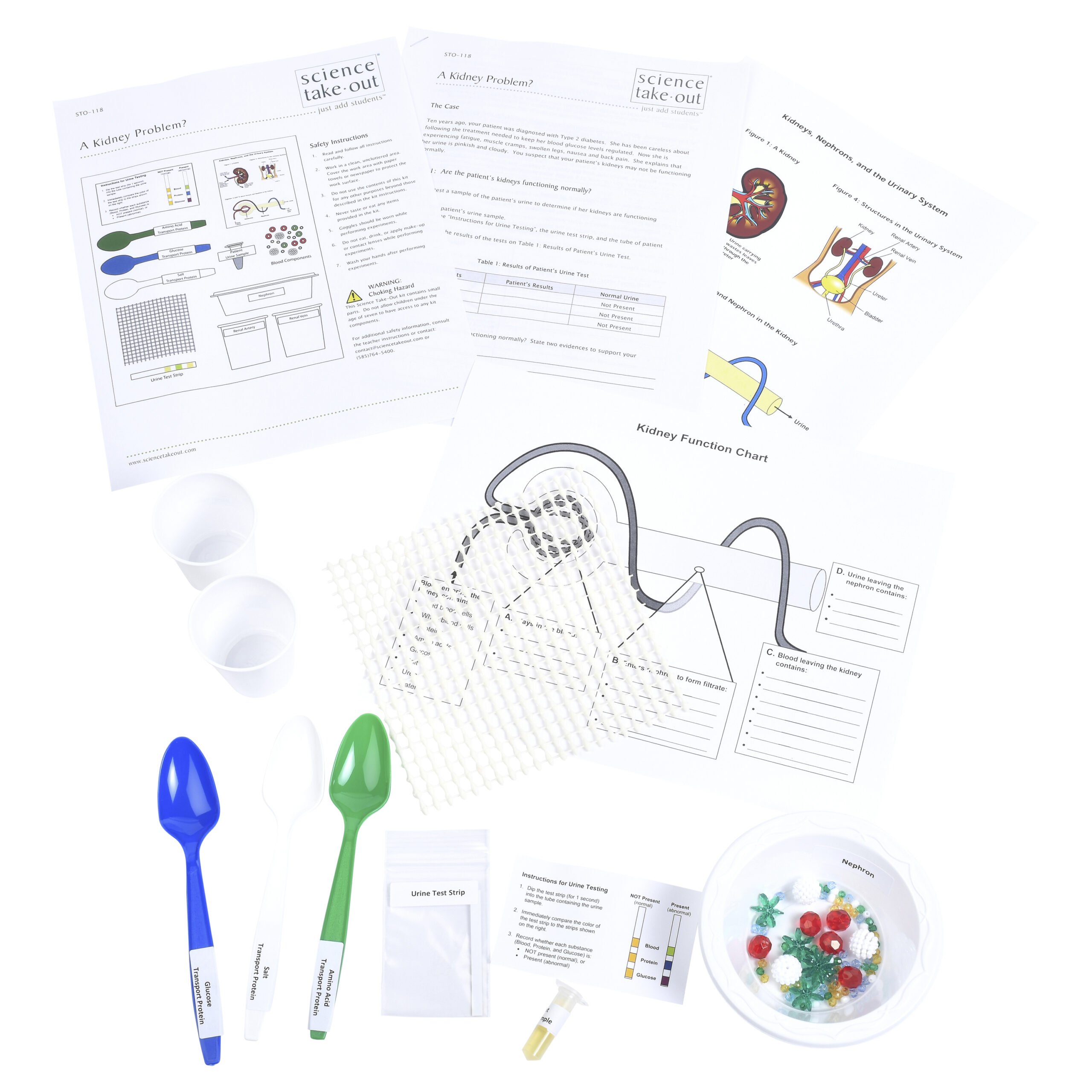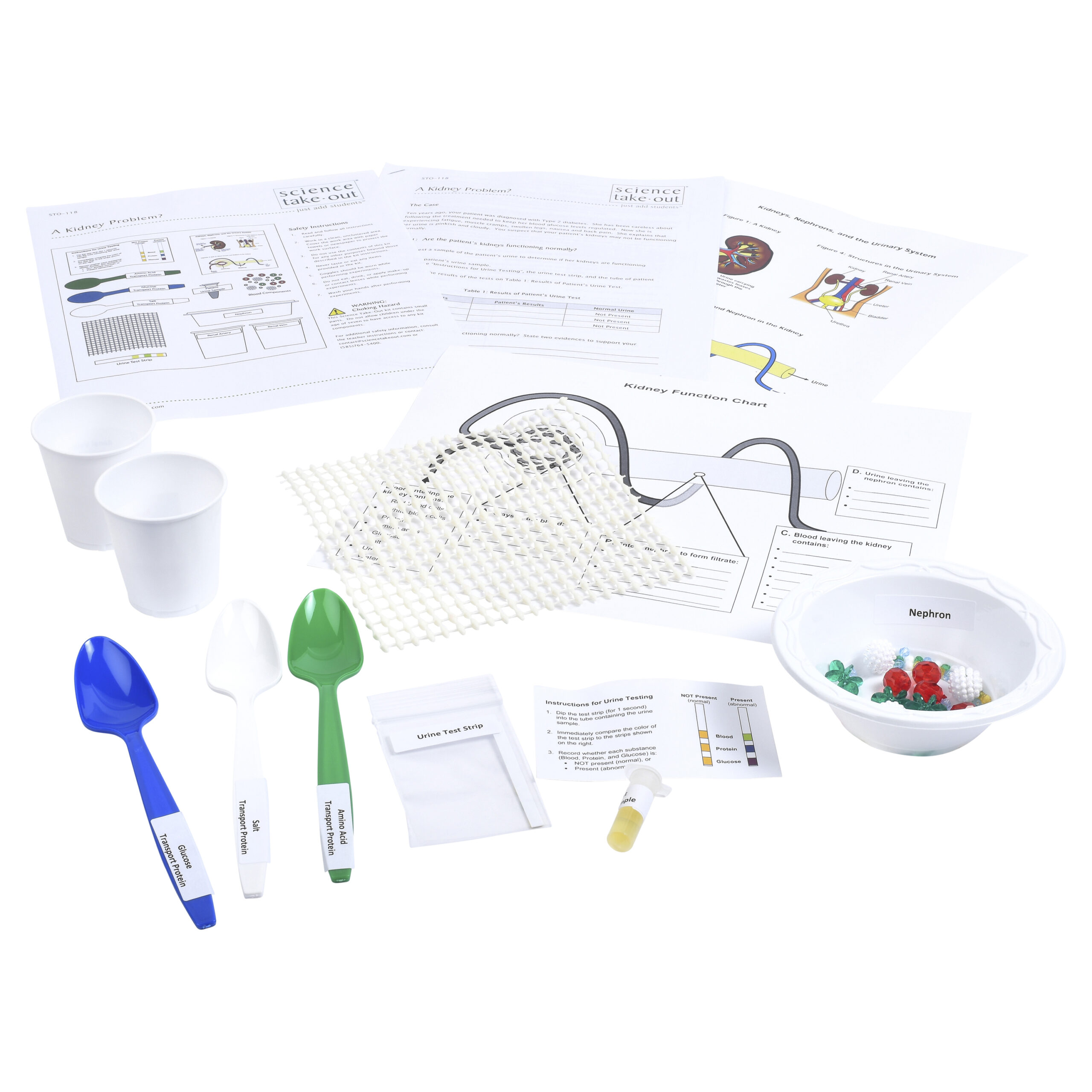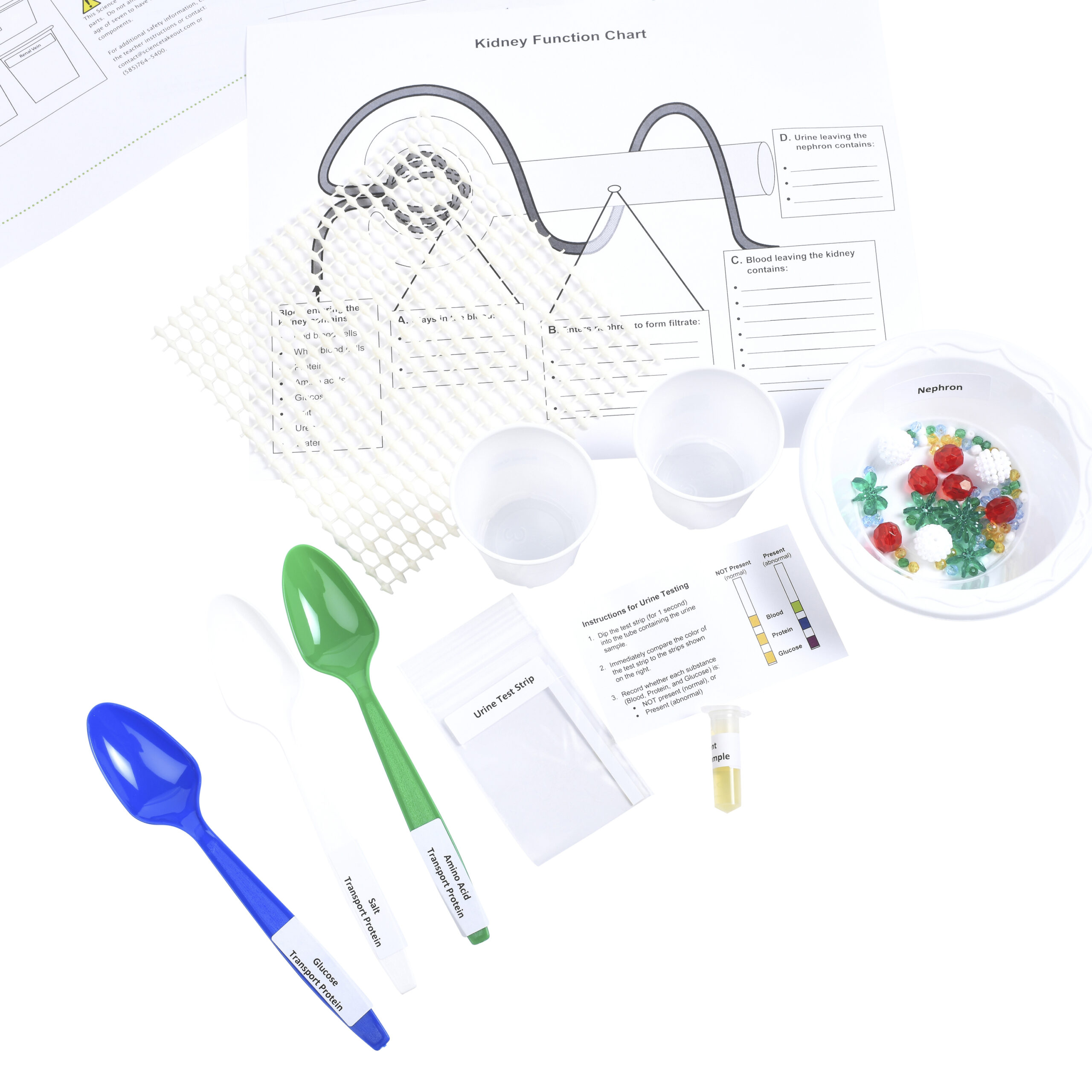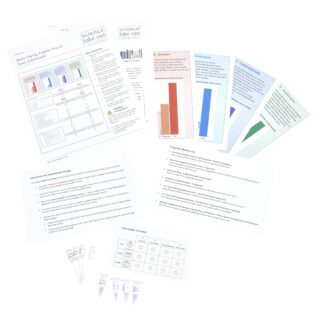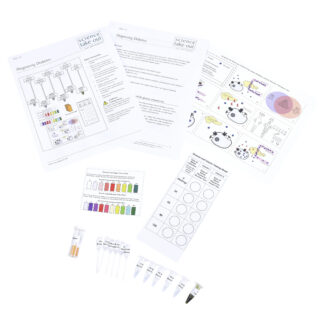A Kidney Problem?
$16.95 – $113.95Price range: $16.95 through $113.95
Quantity Discounts Available! →
Does your patient have kidney disease?
You suspect that your patient may have kidney disease.
- Analyze simulated urine samples to determine if your patient’s symptoms might be caused by kidney disease.
- Create a model to learn about normal kidney function.
- Propose an explanation for the patient’s urine test results.
Kit Includes
- Student instructions
- Kidneys, Nephrons, and the Urinary System color graphic
- Kidney Function Chart
- Simulated “Patient Urine”
- Simulated Urine test Strip
- “Renal Artery” and “Renal Vein” cups
- “Nephron” bowl
- “Glomerulus” screen
- “Blood Components” – bag of beads
- 3 labeled spoons – “Amino Acid Transport Protein”, “Glucose Transport Protein”, and “Salt Transport Protein”
Quantity Discounts
Kits:
- 1 – 9 kits: $16.95 each
- 10 – 24 kits: $16.10 each
- 25+ kits: $15.26 each
Unassembled:
- 1 – 9 packs: $113.95 each
- 10+ packs: $108.25 each
Refills:
- 1 – 9 packs: $24.95 each
- 10+ packs: $23.70 each
Correlation to Next Generation Science Standards (NGSS) Shop by NGSS »
Performance Expectations:
HS-LS1-2. Develop and use a model to illustrate the hierarchical organization of interacting systems that provide specific functions within multicellular organisms.
Science & Engineering Practices
Developing and Using Models - Develop, revise, and/or use a model based on evidence to illustrate and/or predict the relationships between systems or between components of a system
Disciplinary Core Ideas
LS1.A: Structure and Function - Multicellular organisms have a hierarchical structural organization, in which any one system is made up of numerous parts and is itself a component of the next level.
Crosscutting Concepts
Systems and System Models - models (e.g., physical, mathematical, computer models) can be used to simulate the flow of energy, matter, and interactions within and between systems at different scales.
